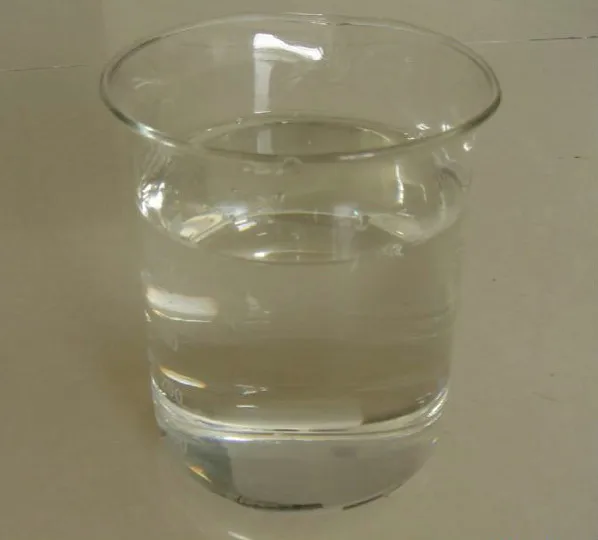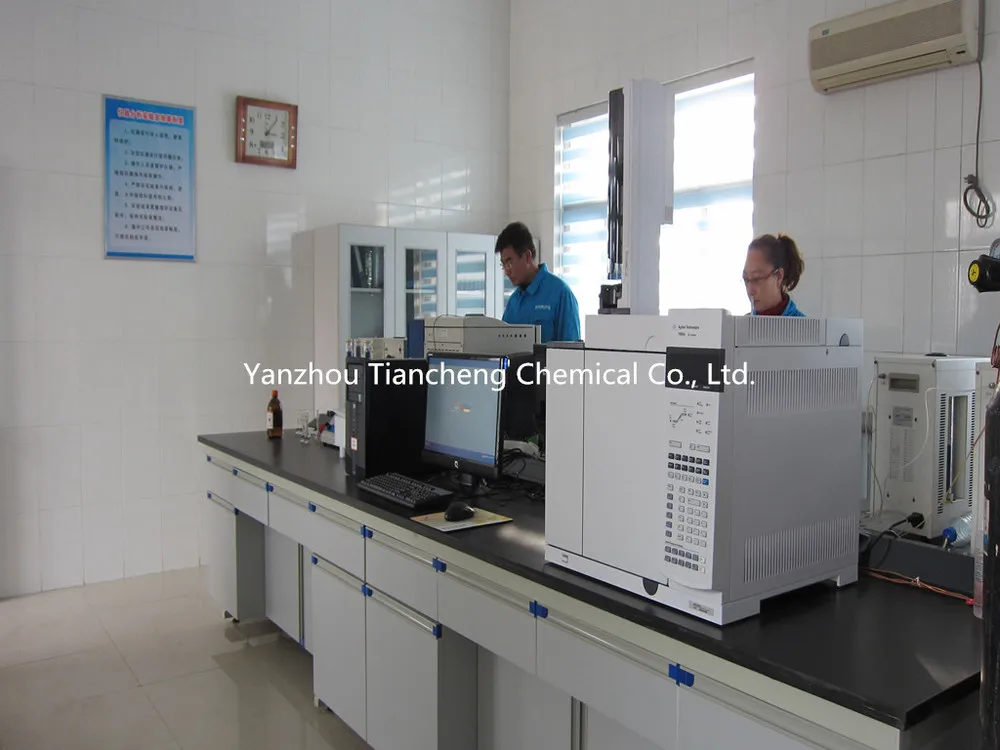Reducing fertilizer is the harvested fruit fertilizer that is used after pears are harvested, which is commonly known as pear tree base fertilizer.
In order to enable mature pear trees, especially pears that have been in fruition for many years, to grow robustly and normally, and to maintain a sustained, high-yield, and high-quality tree vigor, the post-production management of pear trees should be focused on the following measures to increase production.
First, it is necessary to pay attention to the application of reduced fertilizer. At present, many farmers who grow pear trees have the habit of not applying fertilizer or reducing fertilizer. They believe that the effect is not significant, and that the defoliation of pear trees is 1 to 2 months earlier than usual, and some farmers’ pear trees will appear. Secondary flowering. So, why should we emphasize reducing fertilizer? The first reason is that the peak of the second new root system development of pear trees occurs from September to November. Second, the flower bud differentiation of pear trees is generally completed from June to October. During this period, sufficient fertilizer is applied to make pear trees. The root system has a good nutrition environment, can absorb enough nutrients in time, promote the development of flower buds intact, avoid premature leaf defoliation, and prevent pear trees from “second flowering†in autumn and winter. The fertilizing amount of pear tree reducing fertilizer should account for 60% to 70% of the total fertilization period. Some farmers may have high-content compound fertilizers that can be applied, but organic fertilizers should be promoted. Each farm can produce 8,000 kg of compost or fertilizer, and 60 kg of nitrogen fertilizer and 100 kg of phosphate fertilizer. Potash 20 to 30 pounds.
Second, we must plough the Liyuan ditch early. For some low-lying or sloping pear orchards, after the fruit is picked, it must be plucked in the winter to dig deeper, so that the winter lingering winter and ripening the soil. With the help of dumping the garden to clear the gutters, the water can be discharged in clear water and the dark water can be filtered.
Third, early prevention of pests and purify the living environment. Premature defoliation of pear trees is not only related to fertilizers but also related to pests and diseases. Therefore, the more deciduous pear gardens, the more potential pests, residues, rotten fruits, rotten leaves, and more likely to form the next year's pests and diseases. To this end, one must thoroughly clean up the residue of the pear orchard, the leaves and rotten fruit, and bring them out of the park for burning; secondly, scrape the old curled bark and dig out the more deeply buried pests; and thirdly, spray 75% of pentachlorophenol. Sodium 100 ~ 200 times liquid and the five wave beauty degrees lime sulfur and other pesticides.
I. Introduction
Cationic fixing agent is polyelectrolyte, consists of a series of organic synthesis with low molecular weight and strong cationic, which is generally 100% cationic. Product character is aqueous solution.
II. Performance Indicators:
1. Appearance: colorless to pale yellow viscous liquid
2. Solid content: ≥ 50%
3. PH: 2 ~ 6
4. Viscosity: 50 ~ 200 mpa.s

III. Application Field
Used in paper pulp as a cationic fixing agent. Usually the slurry contains colloidal particles consisted of fiber materials, additives and water, which are with anionic charge and interfere the papermaking process, so it is also known as anionic trash; the interference is mainly in the following aspects:
1. Influence wet chemical additives` normal function, especially for cationic retention and drainage aids, sizing agent; or cause to increase the amount of wet chemical additives;
2. Deposits in the paper machine system; interfere the efficient papermaking process.
3. COD discharge of sewage systems, increasing the load on the sewage treatment plant. Recommended for use in mechanical pulp, chemi-mechanical pulp, and secondary fiber pulp slurry and coating waste stuff. Anionic trash neutralized by fixing agent can be bonded to the fibers so as to be taken away by paper sheets.

IV. Methods of Application
Adding methods: excellent water-solubility; can spread out in water instantly. Dosing pump is generally used to drive it into a static mixer or a mixing pump , mixed with water, diluted to about 0.2% of the dissolved solution, and then into the slurry system.
Adding point: the general adding point is in the front of flow system, that is, before the machine chest or fan pump; or add in the pulp plant. Which is taken into consideration for the reaction time of the cationic fixing agent polymer molecules and garbage, also need to time and space for other wet end additives. According to the slurry source, sometimes you need to select two or more points to add. When the slurry contains a source of coated broke, generally requires additional anionic trash fixative in the transport of the paper sheet.
Adding dosage: anionic trash content in the slurry is usually gauged by the cationic charge contents measured by PCD (particle charge analyzer) in the slurry. The measure will directly show the dosage tips, but the real dosage depends on the practical application. For general slurry, the recommend amount is in the range of 0.3kg ~1.8kg/t dry pulp.
V. Safe Operation
1. Cationic fixing agent is a water-soluble polymer, dissolved in water in a highly slippery state and avoid to spill on the floor. If spill, shall timely absorb with sand, sawdust.
2. Wear gloves, wear overalls to operate.
VI. Storage
The product should be kept sealed, stored in cool, dry, ventilated places, and appropriate temperature should be 10-30 ℃.
VII. Package
200 kg plastic drums or 1000 kg PE IBC drum.
Fixing Agent,Fixer,Anionic Trash Catcher,Charge Neutralizer
Shandong Tiancheng Chemical Co., Ltd. , https://www.akdchemical.nl